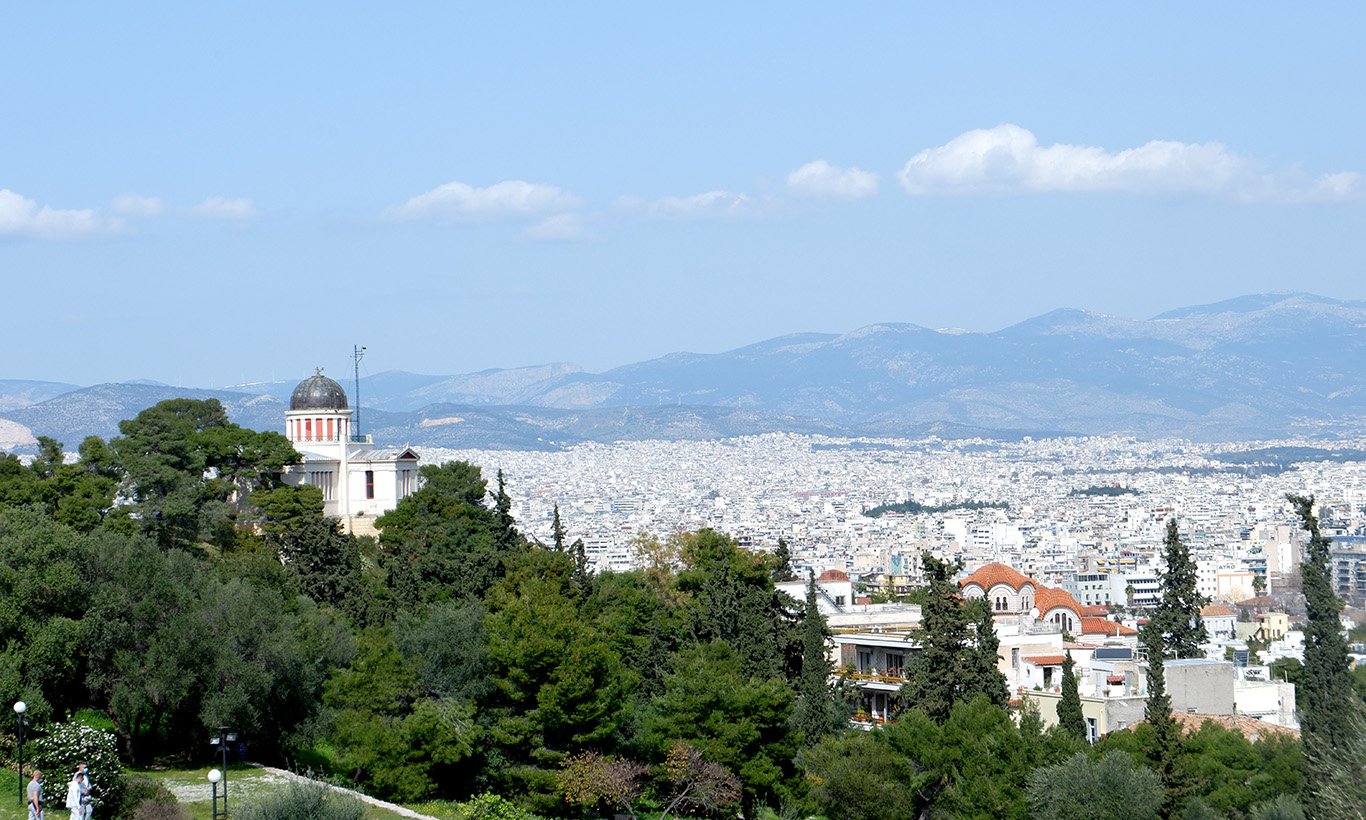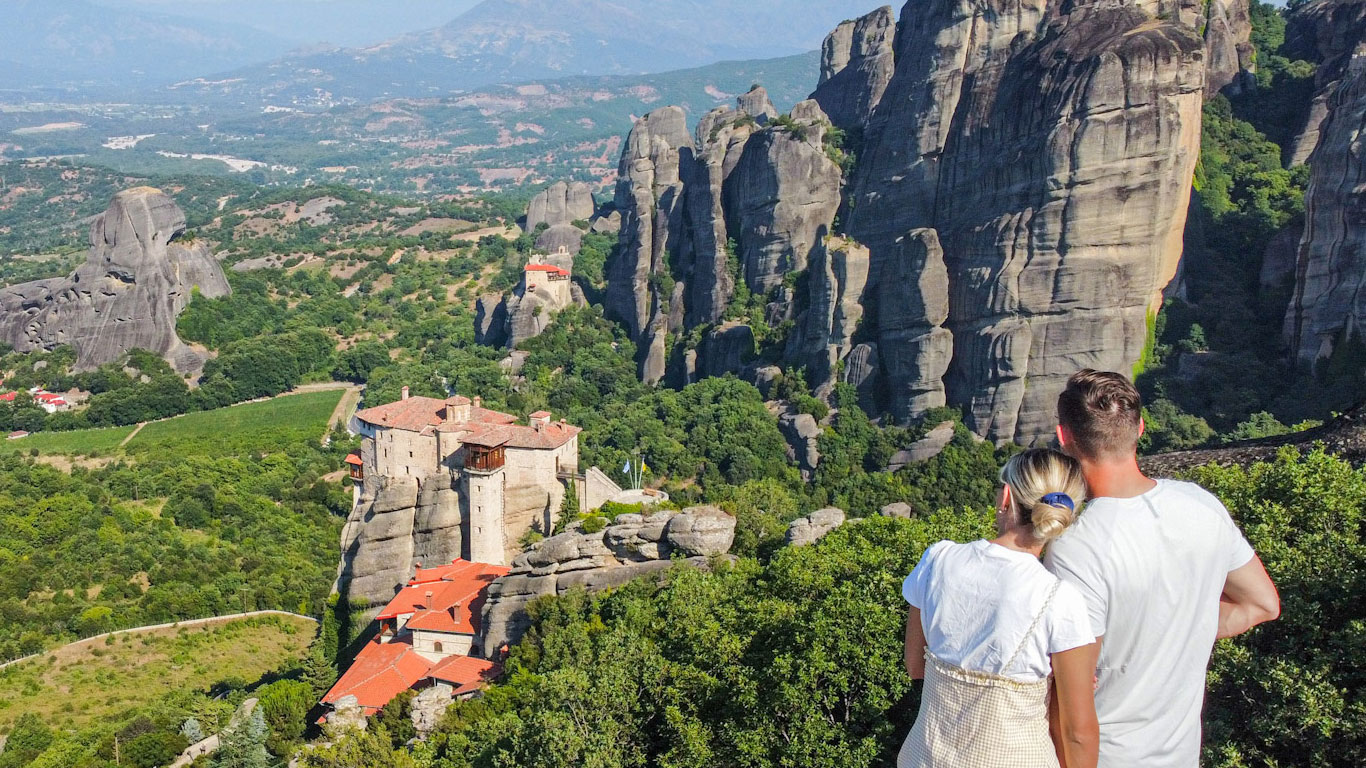
Astronomy Stories & Meteor Shower
Astronomy Stories & Meteor Shower
Posted on August 12, 2021
Summer in the city! As the middle of August is a breath away, it’s time to let ourselves out in the night to see the falling stars.
Persides Meteor Shower
From the middle of July until the middle of August, we have the chance to observe a meteor shower in Athens’ night sky called Persides. The word means “the sons of Perseus”. The phenomenon’s name derives from the Greek hero Perseus because as the observation point is down to the Earth, the meteors -also called shooting stars- seem to have the Perseus constellation as their common starting point -which of course isn’t true, it’s just us, let’s make it clear!
Likewise, it’s not even the stars we are talking about. The falling masses are fragments of comets, the largest of which are called meteors. The smallest are really-really tiny. Even though they are extremely shiny when burning into the Earth’s atmosphere, they have the size of dust!
National Observatory of Athens
The National Observatory of Athens, placed on the Hill of Nymphs (Colle delle Ninfe) in Pnyka. It is THE right place to have a walk and watch the stars falling. The main venue’s orientation offers the ideal, broad view needed not to miss a single fall. The architects back in 1842 take the credits for the intelligent orientation, as well as for the choice of the spot. Anyway, we definitely recommend night sky watching, from the National Observatory or any other place of your choice. You just need a slightly appropriate orientation and a safe distance from light pollution! We‘re now close to the meteor shower, right before the middle of August when the phenomenon of the shooting stars is at its best!! When so, it is one of the best things to do in Athens by night.
Meton The Athenian astronomist
Continuing with the astronomy topic, dο you know when the equinox and the solstice were accurately calculated for the first time? (spoiler alert, it was in antiquity).
The answer is in the 5th century, b.C.! The Athenian astronomist Meton, with his assistant Efktimon, placed a structure on the orator’s podium, at the spot of the assemblies -Pnyka hill. Their goal was to take advantage of the spot and count the shadow of the structure in distinct time points. By these observations, they calculated the equinox, and when the Sun stays up the longer, all year round!!! Meton’s calendar makes use of these results as well. It is also the very same calendar in the Antikythera mechanism.
Fun fact: in Greek, the structure the two astronomists invented literally has the name of the sunflower! We use the exact same word as the plant’s name!! When it happens to be close, a visit to the remains of this so-called “sunflower” made by two very special minds is definitely worth it. And Pnyka view is going to pay back, too!













